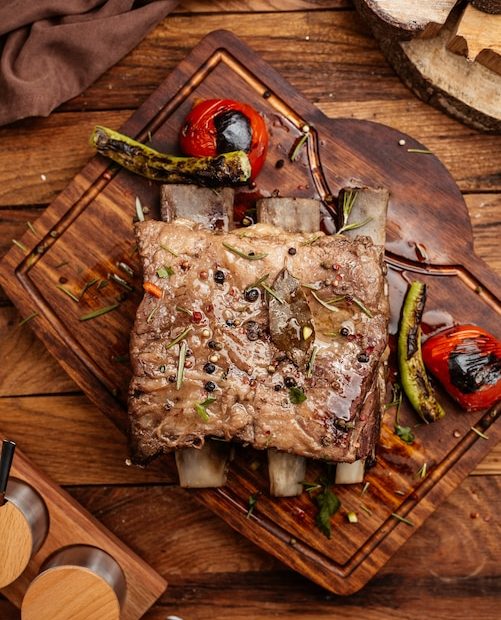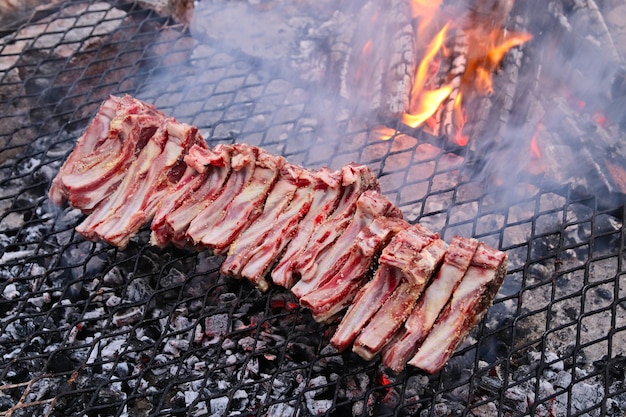Is it better to…
Introduction
When faced with choices in life, it’s common to wonder whether one option is better than another. This sentiment extends to various aspects of our lives, from personal decisions to professional ones. Whether it’s about choosing a career path, buying a house, or even selecting a method for investing money, we often find ourselves grappling with the question, “Is it better to…?” In this article, we will explore some common scenarios and provide insights into the factors that can help us make informed decisions.
The Importance of Evaluating Options
Before diving into specific scenarios, it’s crucial to acknowledge the significance of evaluating options. Making well-informed decisions can have a profound impact on our lives, helping us maximize positive outcomes and minimize potential regrets. By carefully considering the pros and cons of different choices, we gain clarity, confidence, and peace of mind in our decision-making process.
The Role of Personal Priorities
One fundamental aspect when assessing which option is better is identifying our personal priorities. What may be deemed better for one person might not necessarily hold true for another. Factors such as individual circumstances, values, and long-term goals play a significant role in determining what matters most to us. By aligning our choices with our priorities, we can ensure that we’re moving towards a path that resonates with our values and aspirations.
Common Scenarios to Explore
Now, let’s delve into a few common scenarios where the question “Is it better to…?” often arises.
Rent or Buy a House?
Scenario: You are considering whether to rent a house or buy one. On one hand, renting provides flexibility, whereas buying offers long-term stability and potential property appreciation.
“Renting allows for more freedom and lower upfront costs, while buying provides a sense of ownership and the opportunity to invest in an appreciating asset.”
In this scenario, the answer depends on various factors, such as your financial situation, long-term goals, and housing market conditions. Evaluating your priorities, considering your financial capacity, and conducting thorough research are essential steps in making the right choice.
Save or Invest Money?
Scenario: You have some extra money and are unsure whether to save it or invest it in financial markets. Saving ensures immediate liquidity and security, while investing can potentially provide higher returns over the long run.
“Saving is a safer approach, allowing you to build an emergency fund and meet short-term financial goals. Investing, on the other hand, offers the potential for growth and beating inflation.”
Determining the appropriate option requires assessing your risk tolerance, financial goals, and time horizon. Saving is advisable for short-term needs, while investing is more suitable for long-term wealth accumulation. A well-diversified investment portfolio can help mitigate risks associated with volatility.
Is it better to marinate or dry rub ribs?
When it comes to cooking ribs, there are two popular methods to enhance their flavor and tenderness: marinating and dry rubbing. Both techniques have their own unique advantages, so the choice ultimately depends on personal preference. Let’s explore these methods in more detail:
Marinating Ribs
Marinating involves soaking the ribs in a flavorful liquid mixture, typically consisting of ingredients such as vinegar, oil, herbs, spices, and even fruit juices. The marinating process allows the flavors to penetrate deep into the meat, resulting in tender and juicy ribs. Marinating also helps to break down the connective tissues, making the ribs more succulent.
Benefits of Marinating:
- Enhances the flavor profile of the ribs
- Tenderizes the meat for a more enjoyable eating experience
- Allows for customization with various marinades
“Marinating is a great way to infuse different flavors into your ribs, creating a delicious and unique taste.”
Dry Rubbing Ribs
Dry rubbing involves applying a mixture of herbs, spices, sugar, salt, and other seasonings directly onto the meat, without the need for any liquid. This method forms a flavorful crust on the surface of the ribs, adding a tantalizing texture and taste. Dry rubbing is popular in BBQ competitions for its ability to create a rich bark on the ribs.
Benefits of Dry Rubbing:
- Creates a flavorful and crispy crust on the ribs
- Allows for a smoky and charred taste
- Requires less preparation time compared to marinating
| Marinating Ribs | Dry Rubbing Ribs |
|---|---|
| Requires time to marinate (usually several hours to overnight) | Requires minimal preparation time |
| Results in juicier and more tender ribs | Creates a flavorful bark on the surface of the ribs |
| Offers a wide range of flavor options with different marinades | Provides a smoky and charred taste |
Ultimately, whether you choose to marinate or dry rub your ribs depends on your personal preference and the flavor profile you desire. Both methods have their own unique benefits that can elevate your BBQ game. So, go ahead and experiment with different techniques to find the one that suits your taste buds the best!
Is it better to wet or dry rub ribs?
When it comes to preparing mouthwatering ribs, one of the key decisions you have to make is whether to use a wet rub or a dry rub. Both methods have their merits and can result in delicious and succulent ribs, but they offer different flavors and textures. Let’s explore the differences between wet and dry rubs for ribs.
What is a wet rub?
A wet rub, also known as a marinade, involves applying a liquid mixture of spices, herbs, and other flavorings to the ribs. The wet rub is typically made by combining ingredients like Worcestershire sauce, soy sauce, vinegar, mustard, and various seasonings. The ribs are then soaked in the marinade for several hours or overnight to absorb the flavors.
What is a dry rub?
A dry rub, on the other hand, is a mixture of dry ingredients such as salt, sugar, paprika, chili powder, garlic powder, and other spices. The dry rub is applied generously to the surface of the ribs, forming a flavorful crust. Dry rubs are great for creating a delicious bark, which is the caramelized and crispy outer layer of the ribs.
Which method should you choose?
The choice between a wet rub and a dry rub ultimately depends on personal preference. Wet rubs tend to create more intense and complex flavors, while dry rubs result in a smokier and spicier taste. If you prefer tender and juicy ribs with a deeper flavor profile, wet rubs may be the way to go. On the other hand, if you enjoy a crispy exterior and a more pronounced spice rub, dry rubs are your best bet.
It’s worth noting that for traditional barbecue-style ribs, many pitmasters swear by dry rubs, as they allow the meat to develop a beautiful crust during the slow cooking process.
“The key to great ribs is in the rub. Whether you choose a wet or dry rub, make sure to season the ribs generously and let the flavors meld together before cooking.” – BBQ enthusiast
If you’re still undecided, why not try both methods? You can experiment with different flavors and find your own personal favorite. No matter which method you choose, the most important thing is to cook the ribs low and slow, allowing the flavors to penetrate the meat and create tender and flavorful ribs that will delight your taste buds.
Is it Better to Cook Ribs Fast or Slow?
Introduction
When it comes to cooking ribs, there is an ongoing debate about whether it’s better to cook them fast or slow. Both methods have their advantages and can result in deliciously tender and flavorful ribs. In this article, we will explore the benefits of each method and help you decide which one is right for you.
Cooking Ribs Fast
If you’re short on time or simply prefer a quicker cooking process, then cooking ribs fast may be the way to go. This method involves grilling the ribs over high heat for a shorter period, typically around 1-2 hours. The high heat quickly sears the meat, resulting in a crispy exterior and juicy interior.
Advantages:
- Quick cooking time
- Crispy exterior
- Juicy interior
Cooking Ribs Slow
On the other hand, if you have the time and patience, cooking ribs slow can yield incredibly tender and melt-in-your-mouth results. This method involves smoking the ribs at a low temperature (around 225°F) for several hours, often using hardwood chips for added flavor. Slow cooking allows the collagen in the meat to break down gradually, resulting in a fall-off-the-bone texture.
Advantages:
- Tender and moist meat
- Enhanced flavors from smoking
- Fall-off-the-bone texture
Which Method is Better?
There is no definitive answer to whether cooking ribs fast or slow is better, as it ultimately depends on personal preference and the time available. If you’re looking for a quick and convenient option, fast cooking can deliver delicious results. However, if you have the time and want to achieve maximum tenderness and flavor, slow cooking is the way to go.
“Whether you choose to cook ribs fast or slow, the key is to ensure they are cooked to the correct internal temperature for safety and optimal tenderness.” – BBQ expert
In conclusion, both fast and slow cooking methods can produce mouthwatering ribs, each with its own unique qualities. Feel free to experiment with both methods to discover your preferred cooking style. Whether you’re hosting a summer barbecue or enjoying a cozy winter meal, perfectly cooked ribs are sure to please your family and friends.


